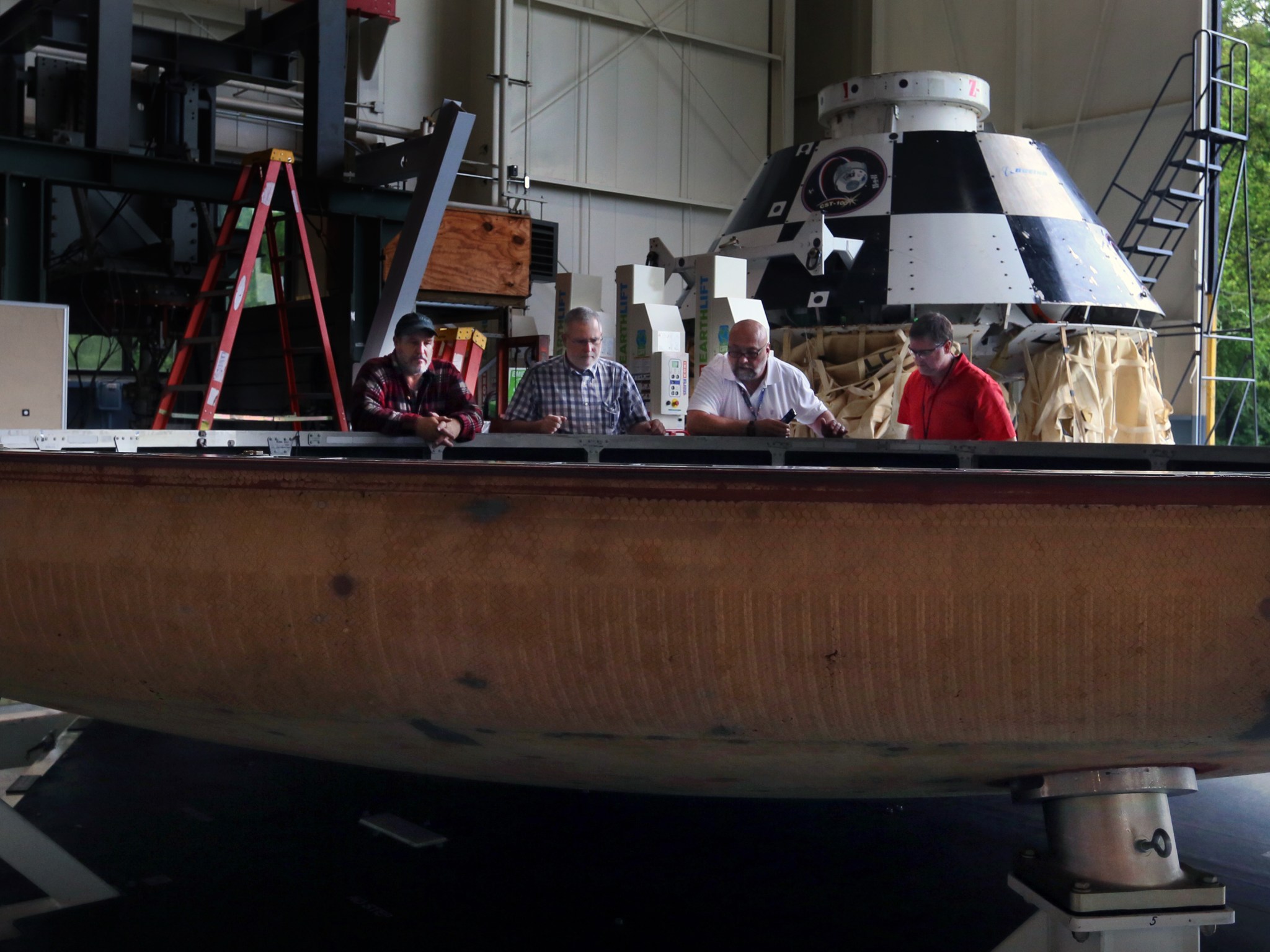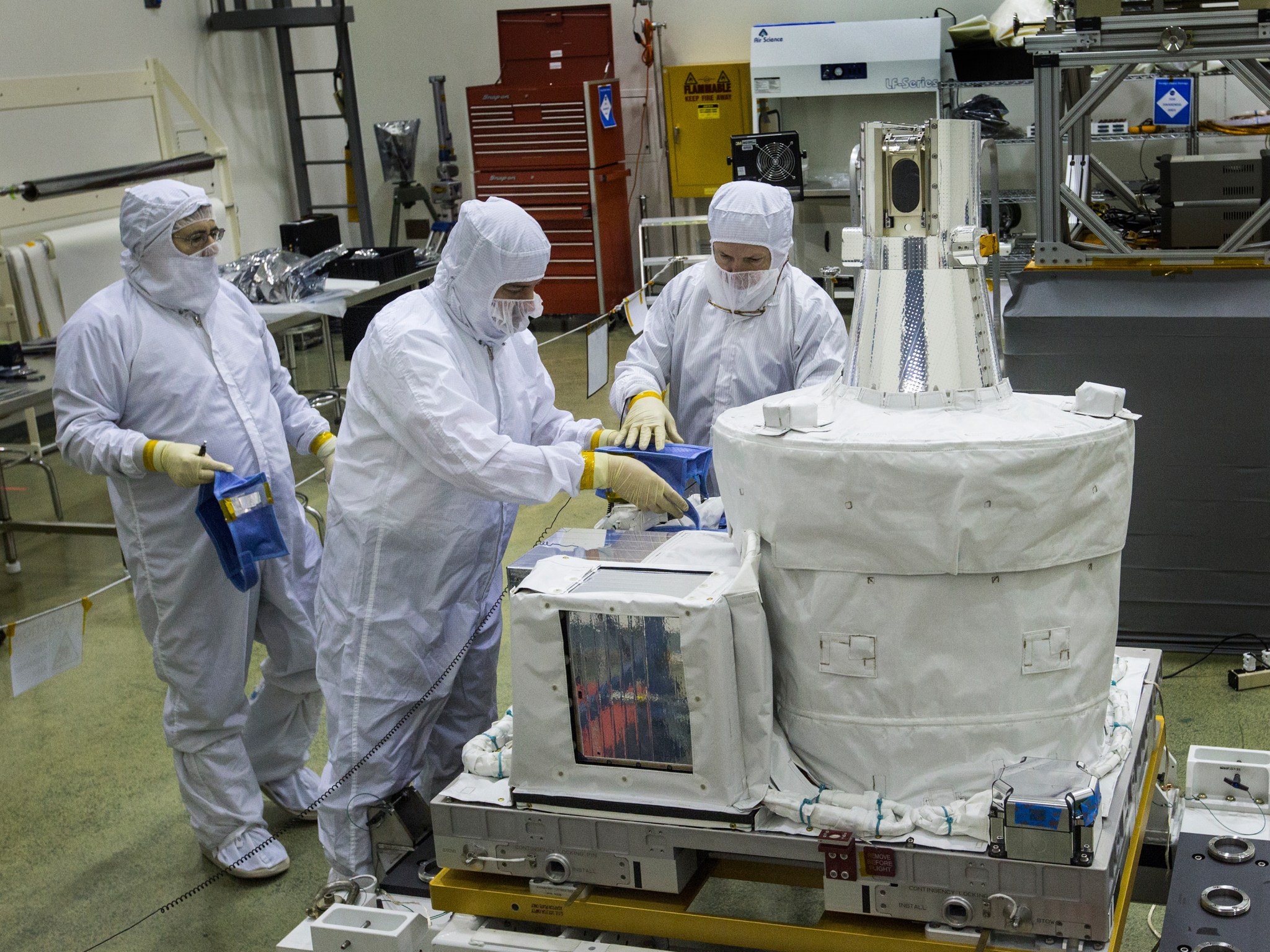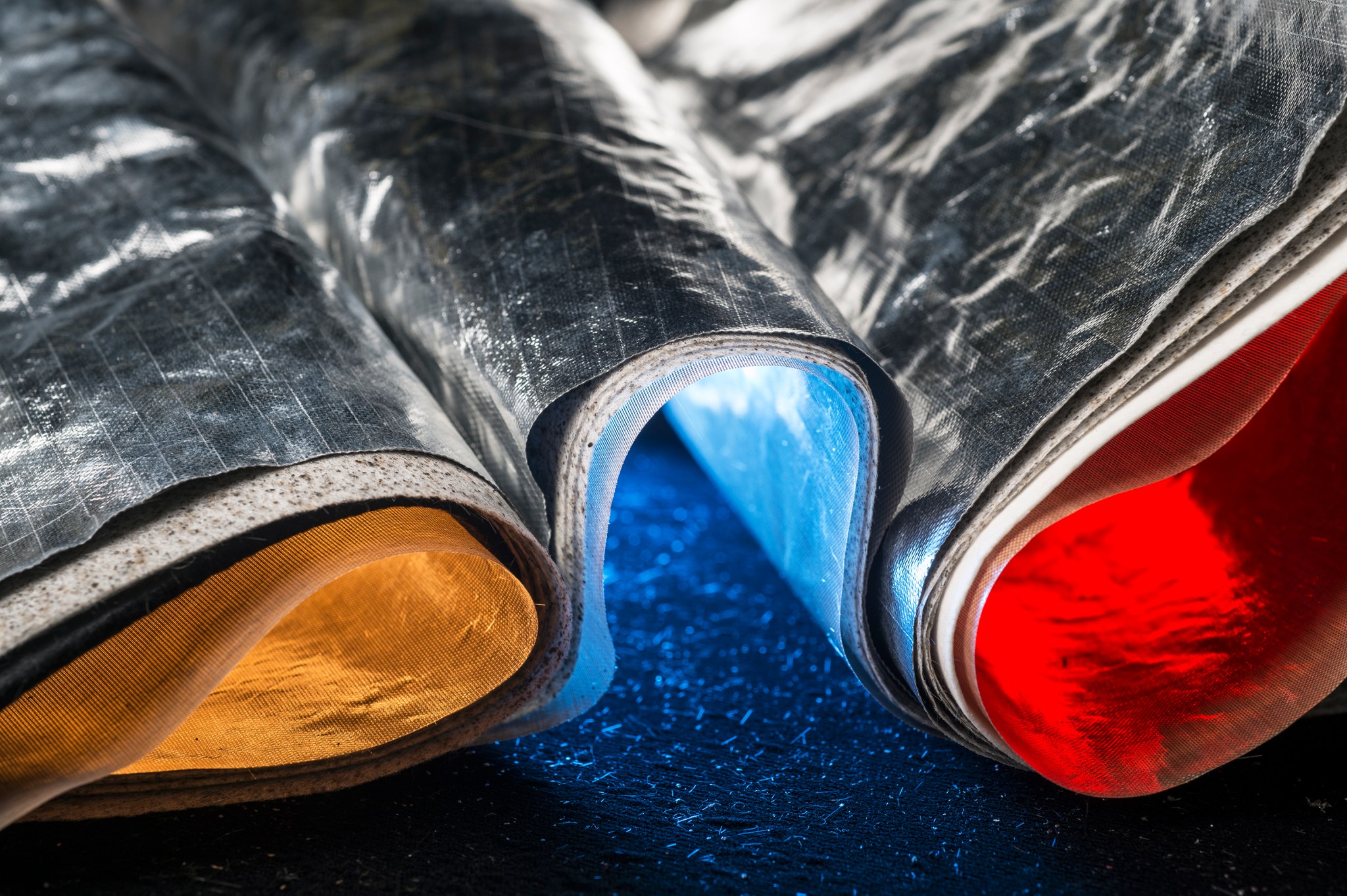It’s been another whopper of a year here at NASA’s Langley Research Center. We set our sights on everything from plankton in the North Atlantic to Mars. We crashed airplanes and broke composite materials. We also celebrated our long and storied past (and will continue to do so through 2017, our centennial). Read on for a glimpse at some of the groundbreaking, fascinating and fun stuff we were busy with in 2015.
Straight Aero
Aeronautics — the field of research our center began with when it was founded in 1917 — is something we have always been world-renowned for, and this past year was no different. In June, we got a special visit from Boeing’s ecoDemonstrator, an aircraft we used to research green aviation technologies. We also spent some time this summer crashing three Cessnas to test their emergency locator transmitters. We kept an eye to the future of aviation, too, by opening a drone flight-test range, bending a high-tech composite material to its breaking point, and test flying a really cool, really odd looking 10-engine plane called Greased Lightning.
Related Articles:
Landing at Langley, Boeing’s ecoDemonstrator 757 Displays Advances in Green Aviation
Crash Test Assesses Plane Emergency Locator Transmitters (read more about the second and third tests in the series as well)
Ten-Engine Electric Plane Completes Successful Flight Test
PRSEUS Composite Survives Torturous Testing
NASA Langley Drone Flying Site Open for Testing
Seeing Red
“The Martian,” a movie about an astronaut left stranded on the Red Planet, was one of Hollywood’s biggest blockbusters this year. It provided a great opportunity for NASA to highlight some of the work it’s doing to put people on Mars by the 2030s. Some of that work is happening right here at NASA Langley. Our researchers are figuring out how we might remotely operate robotic systems in deep space, and puzzling over how to safely land massive payloads on the surface of Mars. Earlier this year, we also welcomed the heat shield that protected Orion as it returned to Earth during its maiden flight in 2014.
Related Articles:
NASA Langley Researchers Work to Make Human Mars Mission a Reality
Orion Launch Abort System Motor Exceeds Expectations
Orion Heat Shield Completes Journey to Langley
Engineers Prepare for Orion Water-Impact Testing with Precision to Protect Future Astronauts
Meanwhile, Back on the Pale Blue Dot
Our home planet can tell us a lot about the rest of the universe. The more we understand the riddles presented to us by planet Earth, the better prepared we are to grasp the mysteries of the solar system and beyond. Earth’s climate is a particularly tricky riddle, and we recently kicked off a five-year study to figure out one significant facet of it — namely, how massive plankton blooms and climate interact. We also ventured deep into America’s heartland to study thunderstorms and launched a high-altitude balloon in New Mexico to research radiation in the upper atmosphere.
Related Articles:
Five-Year NASA Study to Look at the Immense Influence of Petite Plankton
NASA Flies Stormy Kansas Skies this Summer for Science
NASA’s RaD-X Will Measure Radiation Levels Where Aircraft Fly
Changing the Station
We conduct some of our best Earth science from space. On that note, the Stratospheric Aerosol and Gas Experiment III on the International Space Station, or SAGE III on ISS, an Earth-observing, ozone-measuring instrument developed and fabricated at NASA Langley, is scheduled to make its journey to orbit next year. In November, a truck carried SAGE III from NASA Langley to Kennedy Space Center in Florida. The instrument will eventually be mounted to the outside of the ISS. Inside the ISS, astronauts will soon be treated to a recipe cooked up by a team of culinary students from Phoebus High School in Hampton. The dish? Jamaican rice and beans with coconut milk. The Phoebus team’s tasty concoction beat out offerings by six other high school teams from around the country.
Related Articles:
SAGE III Leaves Langley for Journey to International Space Station
Try a Recipe for a Dish Astronauts Will Enjoy on the Space Station
Hatching Tomorrow’s Technology Today
In our continuing efforts to better understand the world and universe around us, we’re always cranking out new technologies. This year, we officially debuted ISAAC, a robotic arm that will develop lighter, stronger composite structures and materials for aerospace vehicles. We also worked with the Department of Agriculture’s Forest Service to see if a flexible thermal protection system technology being develop for space entry vehicles could work to protect firefighters caught in a raging forest fire. We let our interns in on the action, too. In October, five of the center’s summer interns ventured over to NASA’s Wallops Flight Facility on Virginia’s Eastern Shore to see technology they worked on whisked up to space aboard a Black Brant IX sounding rocket.
Related Articles:
NASA Langley Debuts ISAAC — an ‘Impressive Machine’
NASA Technology May Help Protect Wildland Firefighters
Langley Interns Watch Tech They Worked on Go to Space (and Come Back)
Honoring Our Past
Our big centennial birthday bash is right around the corner in 2017, but we’re not waiting until then to celebrate our rich history. In August, we inducted 19 exceptional figures from the center’s past into the Langley Research Center NACA and NASA Hall of Honor. Two of the inductees are still living. One, the 102-year-old John Becker, was in attendance. Prior to the ceremony he talked about rubbing shoulders with folks like Orville Wright, Howard Hughes and Charles Lindbergh. The research undertaken by Becker and so many others at NASA Langley has made the center a historic hotbed of advances in aerospace technology. In May, the American Helicopter Society International recognized as much by naming NASA Langley a Vertical Flight Heritage Site for the decades of technology-shaping rotorcraft research conducted here.
Related Articles:
Hall of Honor Highlights Exceptional Figures from NASA Langley’s Past
Langley Honored for Contributions to Vertical Flight






























